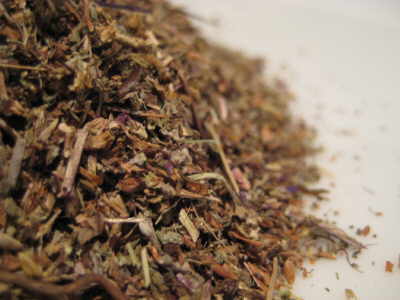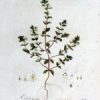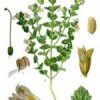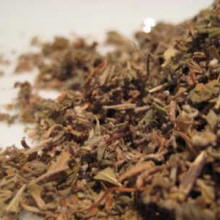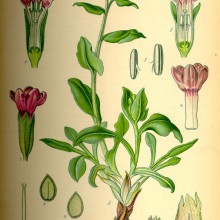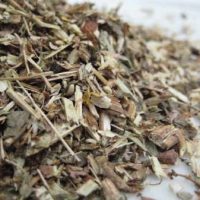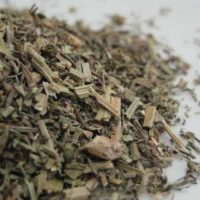Eyebright (Euphrasia officinalis) also known as Meadow Eyebright or Red Eyebright is a European wild plant. It gets its name because it has been used since the Middle Ages to treat eye irritation. The whole herb is used medicinally.
Traditional Uses:-
The Herb can be used topically or taken internally as a tea or infusion. Herbalists usually recommend boiling 10-15 g of the dried herb in 2 cups of water for 10 minutes. After this liquid has cooled, it is used as a compress or taken internally as a tincture and a tea.
The herb is used primarily as a topical compress of eye inflammation. It is beneficial for reducing redness and swelling.
Typical uses:-
Conjunctivitis
Blepharitis (inflammation of the eyelids and lashes causing flaking and redness)
Hay fever
Tired eyes
Stye
Eye irritation
Herbalists use eyebright as a poultice or a tea for the redness, swelling, and visual disturbances caused by blepharitis and conjunctivitis. The tea is also used for eyestrain and to relieve inflammation caused by colds, coughs, sinus infections, and sore throats. Parts used include the leaf, the stem, and small pieces of the flowers.
Typical Preparations include a warm compress or tea.
History of Eyebright:-
The plant was known well in classical times but seems to have fallen out of fashion until the earliest medieval recorded mention of it was in 1305. Nicholas Cuplpeper thought it to assigned it to the Zodiac sign of Leo and gave credence to it strengthening the brain. It was also used to treat loss of and failing memory and for vertigo.
In the Tudor period the plant was used in beer and ales and Gevase Markham’s 1616 text called “A Countrie Farm” (1616) recommended that one should “Drinke everie morning a small draught of Eyebright wine.”

